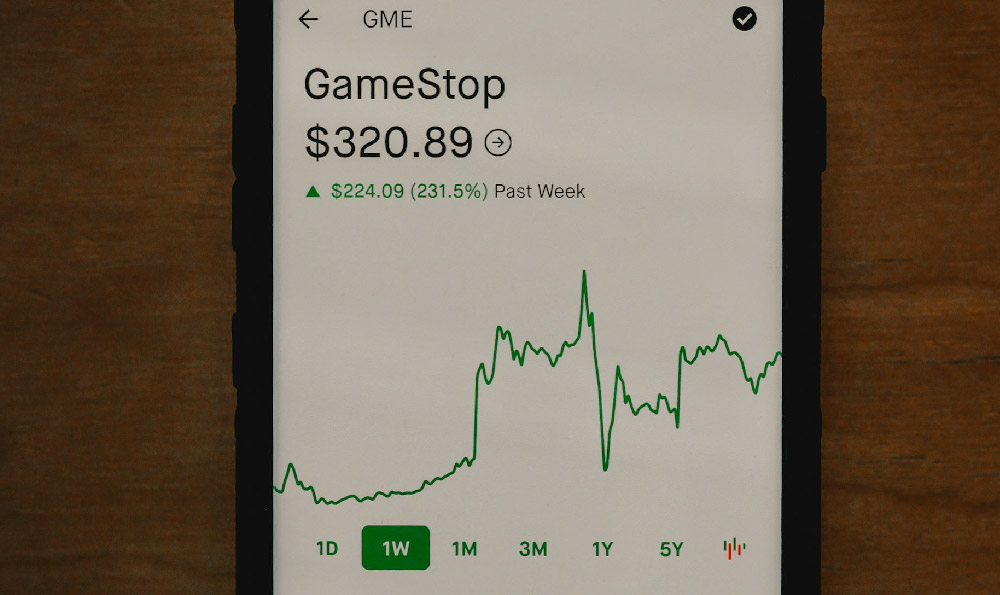
Okay, let's explore the financial intricacies of owning and operating a gas station, and whether the profit margins justify the investment and effort.
The question of how much a gas station makes is deceptively complex. There isn't a simple, universal answer because profitability depends on a multitude of factors, including location, brand affiliation, the volume of gasoline sold, the presence of a convenience store, the efficiency of operations, local competition, and regional economic conditions. While the allure of consistent customer flow might seem promising, the reality is that gasoline itself is often a low-margin product.
Let's start with the primary source of revenue: gasoline sales. Gas stations typically operate on a per-gallon margin that can be surprisingly thin. This margin can fluctuate significantly based on wholesale fuel prices, which are influenced by global oil markets, geopolitical events, and seasonal demand. A station owner might only make a few cents per gallon. To illustrate, imagine a station selling 100,000 gallons of gasoline per month with a margin of 10 cents per gallon. That translates to $10,000 in gross profit from gasoline sales alone. However, this revenue must cover significant overhead costs.

These overhead expenses represent a substantial drain on profits. Rent or mortgage payments are a major consideration, particularly in high-traffic or densely populated areas. Property taxes, insurance (covering liability, property damage, and potentially environmental risks), utilities (electricity for pumps, lighting, refrigeration), and employee salaries and benefits all contribute to the expense column. Furthermore, gas stations face ongoing maintenance costs for pumps, tanks, and the overall facility. Environmental regulations necessitate regular inspections and potential upgrades to prevent leaks and ensure compliance. Credit card processing fees, which are unavoidable in today's cashless society, also chip away at the already narrow margins. Security measures, including surveillance systems, are crucial to deter theft and vandalism, adding another layer of cost.
The true potential for profitability lies in diversifying revenue streams. This is where the convenience store component becomes critical. Convenience stores within gas stations offer a range of products, including snacks, beverages, tobacco products, lottery tickets, and basic groceries. These items generally carry significantly higher profit margins than gasoline. A well-stocked and strategically merchandised convenience store can substantially boost overall profitability. The key is to cater to the needs and preferences of the local customer base. Offering a selection of locally sourced products or specialty items can differentiate a station from its competitors and attract a loyal clientele. Prepared food items, such as sandwiches, coffee, and pastries, can also be a significant draw, especially during morning and lunchtime rushes.
Beyond the core offerings of gasoline and convenience store items, additional services can further enhance profitability. Car washes are a popular option, providing a convenient service for customers already stopping for fuel. Air and water stations, while seemingly insignificant, can generate a small but consistent revenue stream. Some stations offer automotive services, such as oil changes and tire rotations, further increasing their appeal to drivers. ATMs, while subject to transaction fees, can provide a valuable service for customers and generate revenue through surcharges. The more services a gas station offers, the more opportunities it has to capture customer spending and increase overall profitability.
The location of a gas station is paramount to its success. A station located on a busy highway or near a major intersection is likely to attract a higher volume of traffic than one situated on a quiet side street. Visibility is crucial, as is ease of access. A station that is easy to enter and exit will be more appealing to customers, especially those in a hurry. The demographics of the surrounding area also play a significant role. A station located in a residential neighborhood may cater more to local residents, while one near a business district may attract more commuters. Understanding the needs and preferences of the target customer base is essential for tailoring the station's offerings and maximizing profitability.
Competitive pressures also play a significant role in determining profitability. The presence of multiple gas stations in close proximity can drive down prices and erode margins. Station owners must carefully monitor their competitors' pricing and adjust their own prices accordingly to remain competitive. Differentiating a station from its competitors is crucial for attracting and retaining customers. This can be achieved through offering superior customer service, maintaining a clean and well-maintained facility, or providing unique products or services. Loyalty programs, offering discounts or rewards to frequent customers, can also be an effective way to build customer loyalty and increase sales.
Operational efficiency is crucial for maximizing profitability. Minimizing waste, controlling inventory, and managing labor costs are all essential for running a successful gas station. Implementing technology, such as automated inventory management systems and point-of-sale systems, can help streamline operations and reduce costs. Regular maintenance of equipment is essential for preventing breakdowns and ensuring smooth operations. Training employees to provide excellent customer service and handle transactions efficiently can also improve customer satisfaction and increase sales.
So, is owning a gas station enough to generate sufficient income? The answer is nuanced and depends on the owner's ability to navigate the complexities of the industry. A well-managed station, located in a prime location, with a diversified revenue stream and a focus on customer service, can be a profitable venture. However, it requires significant investment, hard work, and a keen understanding of the market. It's not a passive investment; it requires active management and a commitment to continuous improvement. Thorough research, a detailed business plan, and a realistic assessment of the risks and rewards are essential before taking the plunge into gas station ownership. Understanding the local market, identifying potential revenue streams beyond gasoline, and diligently managing expenses are vital to achieving sustainable profitability in this competitive industry. Ultimately, the profitability of a gas station hinges on the owner's entrepreneurial spirit and their ability to adapt to the ever-changing market dynamics.





